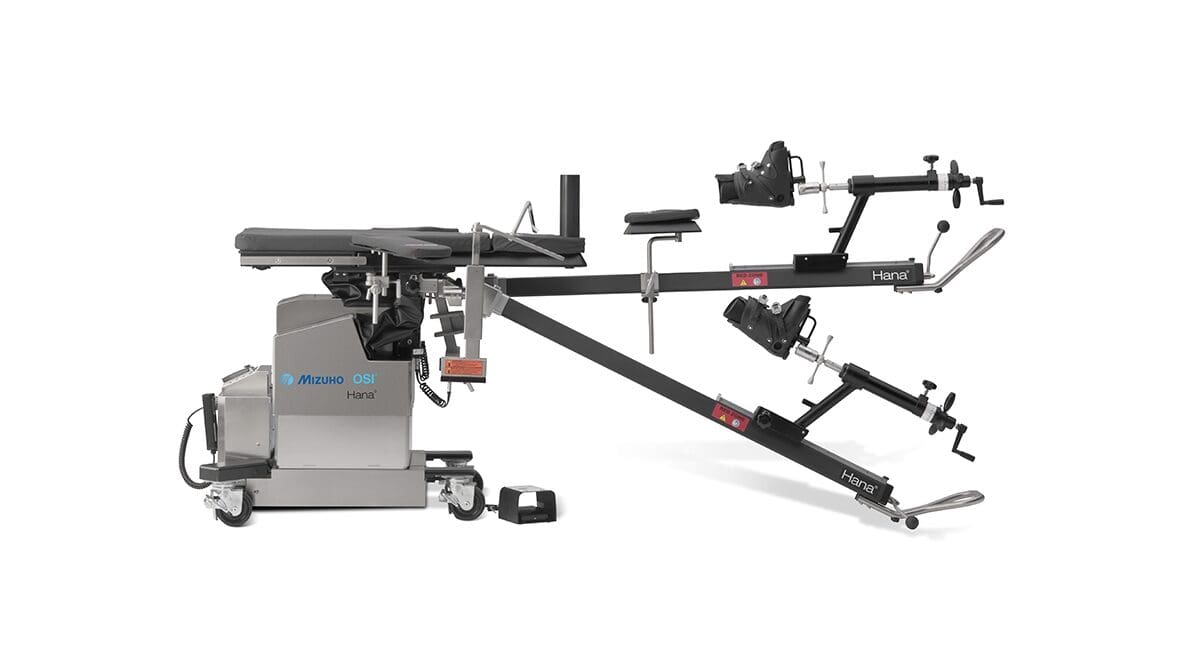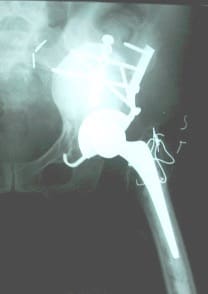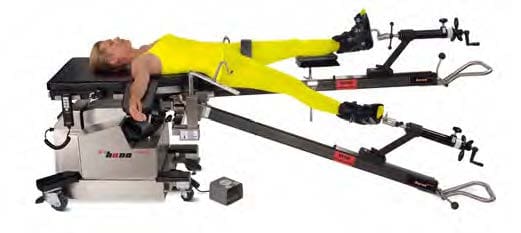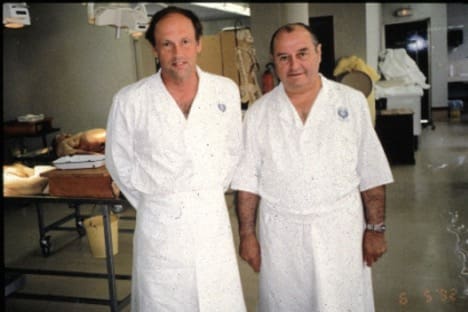To cement or not to cement - that is the question
Dr. Tania Ferguson kicks off the debate by sharing a case. It relates to an 86-year-old gentleman – who is about 18 years out of a right-side THA. He now has dementia and he presented to the hospital with a left femoral neck fracture.
According to Dr. Richard Illgen – this is someone who would benefit from cement fixation – he would probably use a composite beam with a collar cemented fixation. He also looks like he has significant arthritis as well so she probably would do a dual mobility in terms of reduced risk of dislocation.
Dr. Charles Lawrie believes that you’d need more information. This 86-year-old male comes into a community hospital where the surgeon who’s doing eight total hips a year is going to be operating on him. They don’t even know where they keep the cement, they probably don’t have any cement restrictors, there are no kits – the surgeon doesn’t do much cementing and he’s not going to know what to ask for. In his hands, in that setting, he would do a cementless stem. He believes that there’s emerging data that triple taper fully porous coated collared stems mitigate a lot of the risk of early periprosthetic fracture. At his institution, they experience essentially a zero percent risk of post-operative periprosthetic fracture with a specific design. If he was worried about the quality of the bone he’d add one or two prophylactic cables – the most biomechanically sound construct would be a cable above the lesser trochanter and then one below as well. He has also experienced similar patients that are in the OR and he’s planning to use cement, then anesthesia requests a speedy completion has the patient’s blood pressure systolic is in the 80s. If the patient doesn’t like the anesthesia, then the last thing he wants to do is put cement in there that’s going to drop it more.
In this scenario, Dr. Illgen would minimize bleeding, let them catch up on the volume to get their blood pressure stabilized, and then he would still cement the stem. However, he would not pressurize it. He’s learned from the Mayo Clinic to irrigate and suck every time he puts a broach down. He attended a course in Europe about cement technique and they’re really fastidious about that that – irrigating and sucking the canal in between every broach helps mitigate those risks.
Dr. Ferguson did in fact end up using an uncemented stem in this recent case as the patient was very sick.
The second case s a 76-year-old woman this woman – no dementia but she’s crazy and has severe arthritis, bilateral hip contractures.
Starting with Dr. Lawrie, he is not going to cement her. And he believes there are other factors that increase his reluctance to use cement – for example, where they store it in facilities can make a real difference to setting time – and you don’t know in advance how long it will take. You might get the high viscosity when you ask for the low viscosity, the person on the back table has no idea how to mix it. And if he’s worried about the bone quality, he’d use a stem like an Actis, Avenir complete or Polar Stem – and would then put a cable on it.
According to Dr. Illgen – these issues are more related to training and lack of use and these are solvable problems. His perspective is that we should teach more people how to use cement properly.
Back to the case – it turns out that the patient had a fall a day before surgery and showed up in the hospital with a spiral fracture of the femoral shaft.
Dr. Illgen believes that this changes the game. It’s a challenging case as you have a Dorr C canal, a spiral fracture, a Paroprosky type four because it’s below the Isthmus so you’re going to have your hands full dealing with how to put that back together. It doesn’t look terribly displaced, so you might get away with a cerclage cable in place and convert a Type 4 into more of a Type 3A where you got plenty of room to work with proximally. He would then use a modular fully porous coated spline taper design.
Is there a concern about using cement in the setting of a fracture as to the healing of the fracture? There’s a series of papers out of Exeter, England that look specifically at treating periprosthetic fractures with cement and cement technique. It can be done – the data is limited, but they do it fairly frequently and have a decent amount of preliminary data to suggest that even if cement oozes out of the fracture site it’s still a good way to fix the fracture.
This is by no means universally agreed upon as the right approach. In the United States the majority of people will probably use cementless fixation.
Dr. Ferguson agrees regarding the fact that the fracture is not yet displaced. However, once you start manipulating this femur, especially as she is doing this through an anterior approach, it might displace further. She did consider doing this with cables but ultimately ended up using a percutaneous plate fixation – for a very robust fixation of that femoral shaft. She then used a fully porous coated implant.






